
This type of leaf contains calcium
The Hidden Benefits of Dandelion Leaves: A Nutritional Powerhouse
Dandelion (Taraxacum officinale) is often regarded as a stubborn weed that invades lawns, gardens, and flower beds. It seems to pop up everywhere, and many homeowners and gardeners make it their mission to eradicate it. However, what most people don’t realize is that dandelion leaves are a highly nutritious, medicinal, and versatile plant that has been used for centuries in herbal medicine and cooking. Despite its reputation as an unwanted weed, dandelion offers numerous health benefits, including providing essential nutrients like calcium, nourishing the liver, and promoting eye health. In this article, we will explore the amazing benefits of dandelion leaves, how to use them, and why you should consider keeping this humble plant in your garden or even your plate.
Dandelion Leaves: A Nutritional Powerhouse
While dandelion flowers are known for their bright yellow petals, the leaves are where much of the plant’s nutritional value lies. Dandelion leaves are packed with vitamins and minerals, making them an excellent addition to your diet. The most notable nutrients found in dandelion leaves include:
-
Calcium: Dandelion leaves are rich in calcium, a mineral that is vital for strong bones and teeth. Calcium also plays a critical role in nerve transmission, muscle contraction, and blood clotting. Many people are unaware that dandelion leaves contain as much, if not more, calcium than some dairy products. For individuals who are lactose intolerant, vegan, or simply looking for alternative sources of calcium, dandelion leaves can be an excellent choice.
-
Vitamin A: Dandelion leaves are a fantastic source of Vitamin A, which is essential for maintaining good vision, especially in low light. Vitamin A is also crucial for immune system function, skin health, and cell growth. A deficiency in Vitamin A can lead to dry skin, poor vision, and a weakened immune system. By incorporating dandelion leaves into your diet, you can ensure your body gets an adequate supply of this essential vitamin.
-
Iron: Dandelion leaves contain iron, an important mineral that helps produce red blood cells and ensures oxygen is delivered to tissues and organs. Iron is particularly important for preventing anemia, a condition where the body lacks enough red blood cells to carry oxygen. Consuming iron-rich foods like dandelion leaves can help improve your energy levels and prevent iron deficiency.
-
Vitamin C: Dandelion leaves are also a great source of Vitamin C, an antioxidant that helps protect the body from oxidative stress and supports the immune system. Vitamin C is vital for collagen production, which is necessary for healthy skin, blood vessels, and joints.
-
Potassium: Dandelion leaves are rich in potassium, a mineral that helps maintain proper fluid balance, regulate blood pressure, and support muscle and nerve function.
In addition to these nutrients, dandelion leaves also contain fiber, magnesium, folate, and phosphorus, all of which contribute to overall health and well-being. With all these nutrients, dandelion leaves are a great way to boost your intake of essential vitamins and minerals, especially if you are trying to increase your consumption of plant-based foods.
Dandelion Leaves: A Natural Liver Tonic
One of the most well-known uses of dandelion in traditional herbal medicine is its ability to nourish the liver. The liver plays a vital role in detoxifying the body by filtering out harmful substances, producing bile to aid digestion, and storing essential nutrients. However, factors such as poor diet, alcohol consumption, stress, and environmental toxins can put a strain on the liver, making it less efficient at performing these functions.
Dandelion has long been used as a liver tonic due to its ability to stimulate the production of bile. Bile is a substance produced by the liver that helps digest fats and absorb fat-soluble vitamins. By increasing bile production, dandelion can help the liver detoxify more effectively, promoting better digestion and improved overall liver health.
In addition to stimulating bile production, dandelion also has diuretic properties, meaning it helps the body excrete excess water through urine. This can be beneficial for detoxification, as it helps flush out toxins and waste products from the body. By supporting the liver and kidneys, dandelion can help your body eliminate harmful substances more efficiently.
Dandelion Leaves for Eye Health
Dandelion leaves are also beneficial for eye health, primarily due to their high content of Vitamin A. Vitamin A is a fat-soluble vitamin that plays a critical role in maintaining healthy vision. It is essential for the formation of rhodopsin, a pigment found in the retina that allows the eyes to adjust to changes in light. Adequate intake of Vitamin A can help prevent night blindness, improve vision in low-light conditions, and protect against age-related macular degeneration (AMD).
In addition to supporting vision, Vitamin A is also important for maintaining the health of the skin, immune system, and mucous membranes, making dandelion leaves a powerful, all-around health food.
How to Use Dandelion Leaves
Despite their health benefits, many people are unaware of how to incorporate dandelion leaves into their diets. Here are some simple ways to enjoy the nutritional benefits of dandelion leaves:
-
Raw in Salads: The simplest way to eat dandelion leaves is by adding them to a salad. Their slightly bitter taste pairs well with other greens like spinach, arugula, or lettuce. You can add a variety of toppings such as nuts, fruits, and a light vinaigrette for a delicious, nutrient-packed salad.
-
In Smoothies: If you’re not a fan of the bitter taste, try adding dandelion leaves to your favorite smoothie. The natural sweetness of fruits like bananas, berries, and apples can help balance out the bitterness of the leaves. Blend dandelion leaves with your choice of fruits, almond milk, and other superfoods for a refreshing and health-boosting drink.
-
Sauteed or Stir-Fried: Dandelion leaves can be cooked in a similar way to spinach or kale. Try sautéing them in olive oil with garlic and onions, or add them to a stir-fry with your favorite vegetables and protein. Cooking the leaves can help mellow out their bitterness while retaining their nutrients.
-
Dandelion Tea: Dandelion leaves can also be used to make a soothing herbal tea. Simply steep fresh or dried leaves in hot water for 5-10 minutes. You can also add a little honey or lemon to enhance the flavor.
-
Soups and Stews: Dandelion leaves are a great addition to soups and stews, where their flavor blends well with other ingredients. Add them to vegetable soups or use them in a hearty lentil or bean stew for a nutritional boost.
Conclusion
Dandelion leaves are a remarkable, yet often overlooked, source of nutrition and medicinal benefits. Packed with essential vitamins and minerals like calcium, Vitamin A, and iron, they are an excellent addition to a healthy, balanced diet. In addition to supporting liver health and promoting good vision, dandelion leaves can be enjoyed in a variety of culinary dishes, from fresh salads to comforting soups.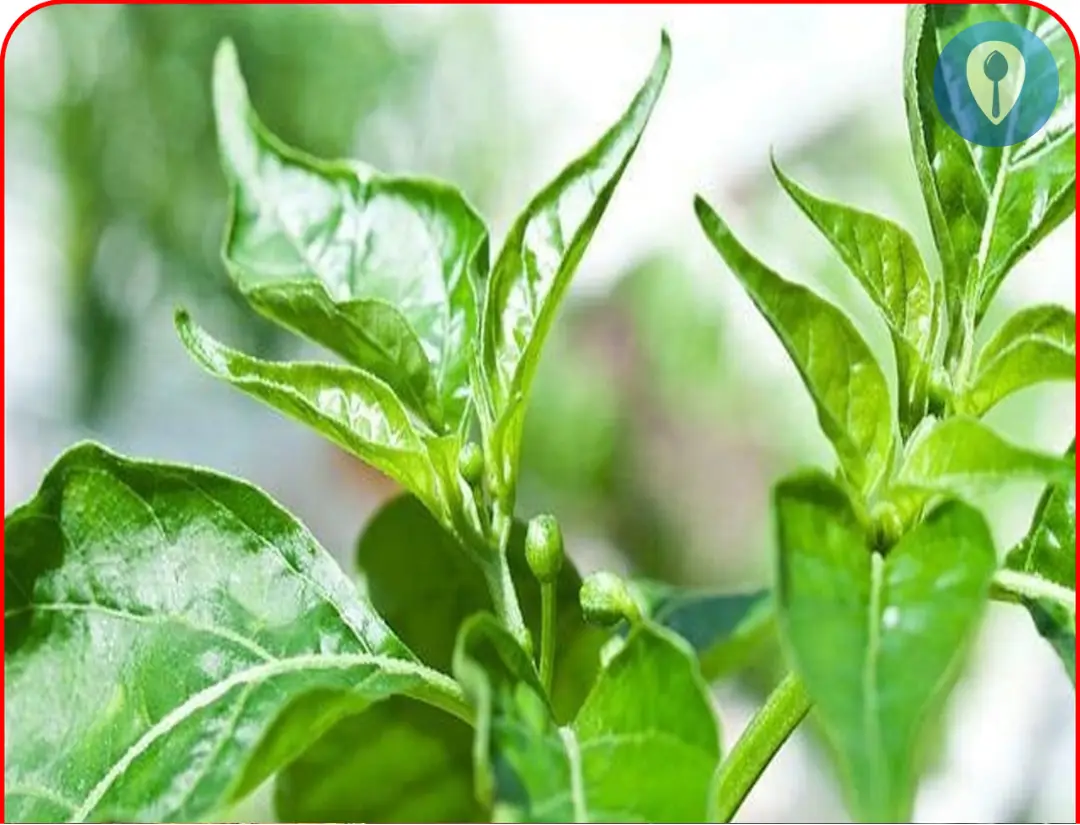
News in the same category


When washing clothes, don't just put in detergent. Let me teach you a little trick

Oranges Are in Season, but Doctors Warn: Never Eat Oranges With These Three Types of Foods

Put an empty plastic bottle in the washing machine — the person who invented this hack must have sky-high IQ

This Surprising Hack Could Save You Thousands

Warm Water Each Morning Can Be a ‘Healing Tonic’—But It Turns into ‘Toxic Water’ If You Drink It in These 3 Harmful Ways

5 Surprising Changes That Happen to Your Body When You Drink Warm Lemon Water Every Morning

Snakes are very afraid of the smell of these 3 plants

When bitt.en by a snake, you should do these things first

There is a “secret button” on your washing machine — pressing it once can cut your electricity bill by 62%

The Phone’s Volume Buttons Have 6 Hidden Functions — Extremely Practical! Not Knowing Them Is Truly a Waste!

Amazing functions that many people don’t know about

3 fast and reliable methods to defrost fish safely and keep it ready for perfect cooking

7 powerful scents that repel snakes and keep your home safe

Put them in your home and mice will run away

Video Feed 7 scents snakes hate: Use them around your home to keep snakes away

7 Terrifying Creatures That Can Crawl Up Through Your Toilet — And How to Stop Them

A complete guide to handling snake bit.es: What to do immediately and why it matters

A Simple Nightly Trick That Can Reduce Your Refrigerator’s Electricity Consumption

Eat yogurt at this exact hour — and its weight-loss and skin-boosting effects can double. Most people eat it wrong
News Post

Doctors issue war:ning over everyday bathroom mistake linked to severe medical risks

10 wa.rning signs of str.oke one month before it happens

Creamy Seafood Lasagna with Shrimp

How does your body change when you drink a cup of coffee every day?

Teriyaki-Glazed Salmon with Radish Slices & Sautéed Greens
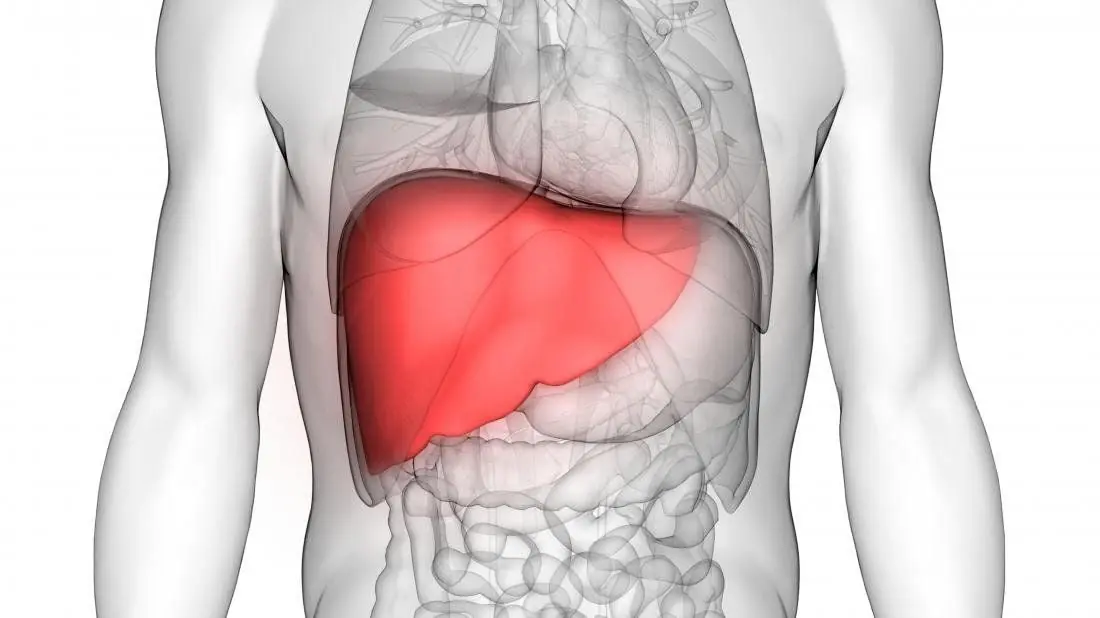
If it’s red, itchy, and smelly twice, your body may be in trouble

This common way of eating boiled eggs can clog your arteries

Grilled Shrimp Power Bowl with Eggs, Veggies & Fruit

Seeing Prominent, Bulging Veins? Make Sure to Warn Them About These Things

Why Do Many Foreigners Avoid Using Phone Cases?

Drinking coconut water continuously will surprise you with the benefits it brings

2 Times You Should Never Eat Bananas — They Could Harm Your Health
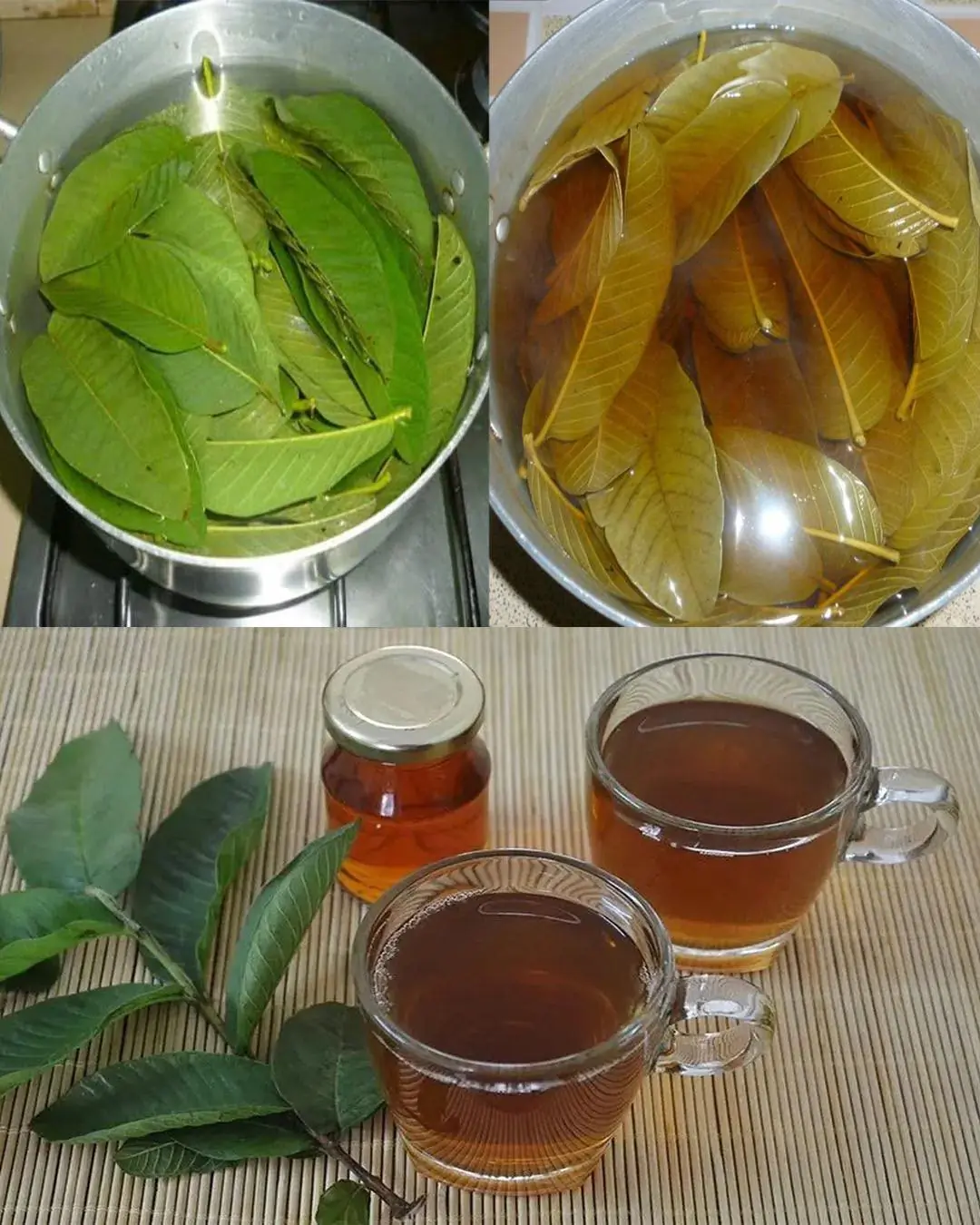
25 Incredible Benefits of Guava Leaves You Should Know
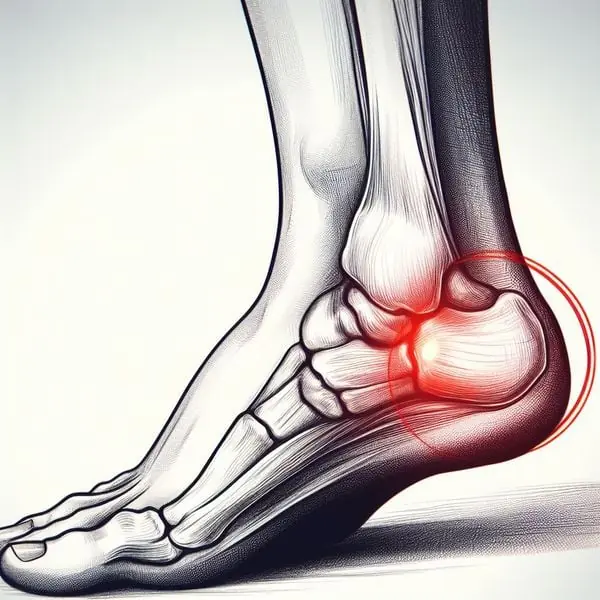
Frequent Numbness in the Legs: What Disease Could Be Behind It?

How to fix a leaking refrigerator: Simple solutions and tips to extend its lifespan

Does Coca-Cola Consumption Reduce Life Expectancy? Surprising Findings Explained

Hidden health risks of improper electric kettle use

Kidney Patients: If You Forget Things Easily... Read This
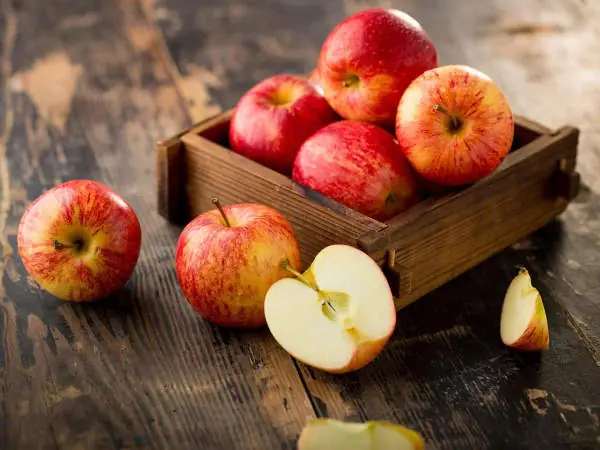
Protecting Your Liver Naturally: Vegetables and Fruits That Support Liver Health
